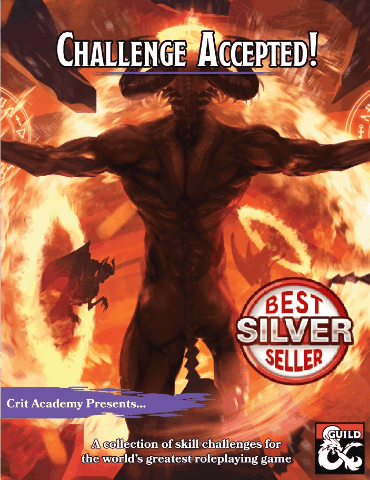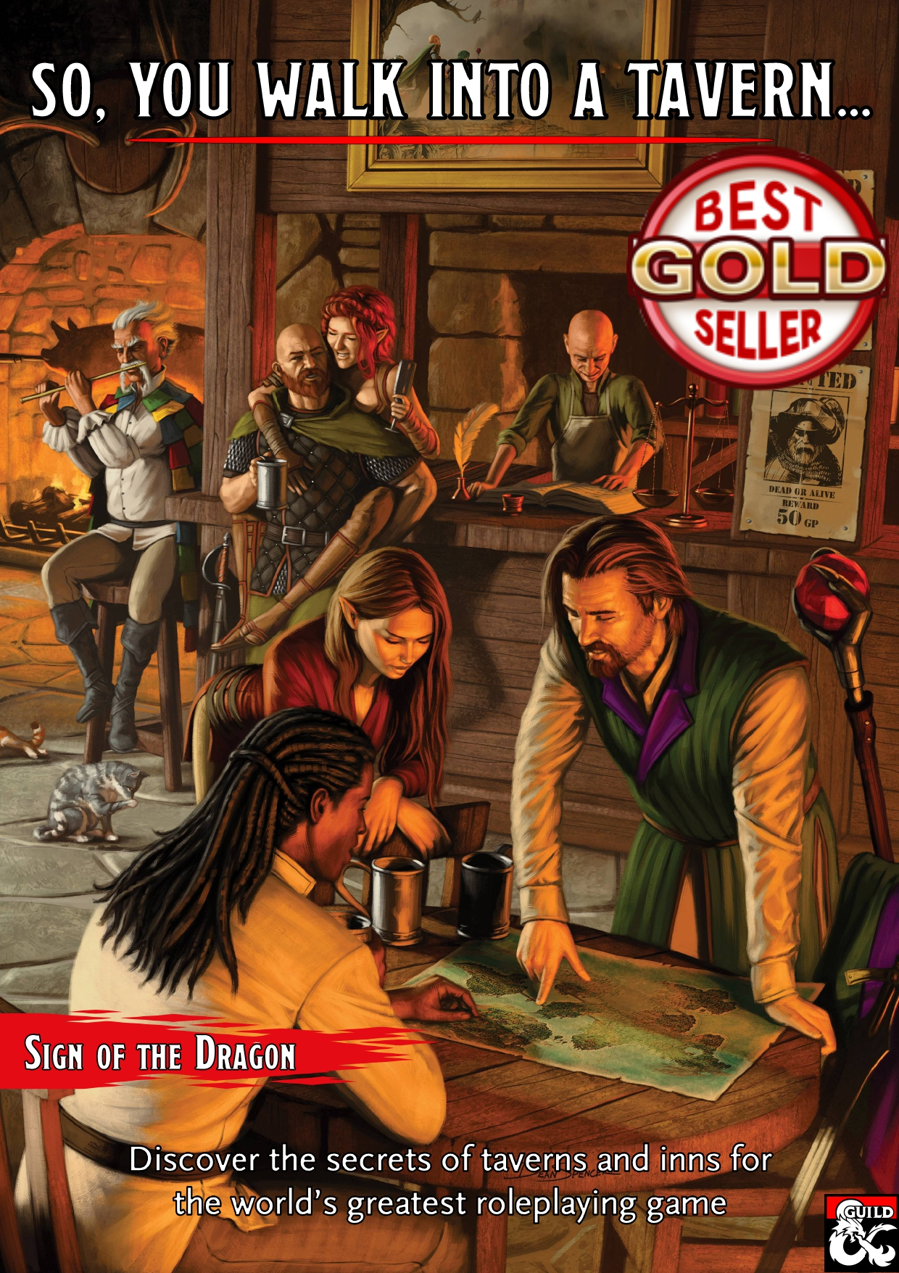D&D: DM Monster Tactics: Githyanki
- Justin Handlin

- May 21, 2022
- 6 min read
Updated: Jun 21, 2022

Do you want to play your githyanki to frightening effect? Well, let's delve into these legendary Dungeons & Dragons monsters so that your Spelljammer campaign combat is everything your characters deserve. To the delight or potential misery of their players.
With the upcoming release of the much talked about Spelljammer. It seemed appropriate to ensure that every game kicks off with a brutal beating from the militaristic githyanki. The scoundrels of the Astral Sea.
Born out of slavery, the Githyanki are fierce psychic warriors that ply the Astral Sea and fight with silver swords.
The githyanki and the githzerai were once a single race, the gith, enslaved by mind flayers. They split into two separate groups after winning their freedom. Whereas the githzerai fled to the Elemental Chaos and became introspective and monastic, the githyanki fled to the Astral Sea and became xenophobic and militaristic. They built citadels and armies, and from there they set out to conquer everything in their path.

For our topic today, we will be focusing on monsters specifically from the Monster Manual. This includes Githyanki Warrior and Githyanki Knight.
The warriors are relatively sturdy for CR 3. Their half-plate makes for a solid 17 AC. Not something to be scoffed at. Though their hit points are a little on the low end when compared to other CR 3 creatures. The bodies and minds of the githyanki are all very durable. Likely due to the nature of their militaristic warmongering. With saves in Constitution, Intelligence, and Wisdom, they will be able to shrug off mental spell attacks and even poisons.
All the gith have access to innate psionic spellcasting. Though their powers vary, each has access to mage hand (invisible), jump, and misty step. This may not seem like much, but can certainly be a potent tool when applied in the correct form. Beyond just flavor, mage hand is great for creating distractions or drawing your foe's attention. A simple ringing of a bell or tossing of a pebble can draw their target into an ambush.
Related Article: Dynamic Combat using Monster Roles
The jump and misty step spell work wonderfully together. Jumping up to their movement speed and then teleporting with misty steps and allowing them to close larger gaps than normal, without the aid of the Dash action. This turns out to be perfect for the githyanki warrior and fighter, as they tend to favor melee combat or a psionic duel.
The githsyanki’s access to the non-detection spell allows them to hide from any who would seek to track them with divination magic. On top of that, the knights can use the tongues spell. This allows them to converse and strategies in their own gith tongue, while overhearing the strategy of the enemy who may not know that the githyanki can understand them. This can lead to gaining insight and the high ground over their enemy (IT'S OVER ANAKIN!).
The legendary silverswords that githyanki carry are prized possessions. For good reason too. They can not only cut but deal psychic damage. Combined with multiattack, it can be very difficult to defend against. It can even separate a body from its astral project form, which means death, no matter how powerful they are.
The githyanki are intelligent and tactical. They will retreat when needed, reassess tactics and call an audible strategy as needed. In the heat of battle, a cleric casting bless on their ally may instantly call attention to the githyanki. They would likely quickly change targets to this threat that enhances their foes. In a battle with a strong enemy who is absorbing much of their attention, they decide it's better to incapacitate the target than confront them. A knight may instead choose to use telekinesis to lift the foe into the air, leaving them flailing while the githyanki dispatch the others.
Strategy is everything to githyanki. They are not mindless creatures but instead are well-organized militaristic soldiers. They will plot ambushes, traps, and any other way to gain the upper hand. When it comes to the threat of a losing battle, they will even retreat. The knight’s ability to cast plane shift easily allows them and up to seven of their allies to teleport to another plane out of danger. Ready to return later, better prepared for your characters.
Even if the characters succeed in defeating the githyanki, it’s not over. The silver swords they githyanki use are considered priceless relics and works of art. They will hunt down and destroy any non-githyanki that dares to carry or wield them.
Happy Hunting…heroes.
Save time and effort by jumping into the game with already fleshed out locations, encounters, maps, abilities, and stat blocks. Being a DM is hard. Why not let us do the heavy lifting so you can have a great time at the table.
Monster Variant: Lizardfolk Sovereign Blade
Origin: Minotaur
New Features:
Amphibious.
Superiority Dice. The lizardfolk has 3 superiority dice which are d8s. The lizardfolk can expend a die to use a maneuver.
Maneuvers.
Parry, Riposte, and Feinting Strike (PHB)
Flurry of Steel (Recharge 6). The lizardfolk can move up to half its speed. During this movement, the lizardfolk can make an attack against up to three creatures it passes within its reach during the movement. Attacks against the lizardfolk have disadvantage while moving in this way.
Magic Item: Binding Maul
Maul, very rare (requires attunement)
When you attack a creature with this magic weapon and roll a 20 on the attack roll, conjured psionic chains erupt from the creature. The target is grappled (escape DC 15), and is restrained. A creature that starts its turn restrained in this way takes 2d6 psychic damage.
As a bonus action, you can probe the mind of the creature that’s restrained by the chains. The creature must succeed on a DC 15 Wisdom saving throw, or you learn one discrete piece of information of the GM’s choosing known by the creature.
Dungeon Master Tip: Vignettes
Vignettes are a powerful tool to add special moments to character interactions. A vignette is a specially shaped scene in which players respond to dramatic situations you create that may or may not involve a current character. These can take on numerous forms such as; flashbacks, dream sequences, or even third-person teasers.
Each of these powerful vignettes can change the way the player’s characters and the players themselves perceive the world. Interactions during a vignette can dramatize current conflicts between the characters and the NPCs. My personal favorite is “third-person vignettes.” This allows me as the DM to foreshadow events through NPCs that the characters themselves are playing. By casting the players in the role of NPCs. This is great for opening adventures and scenes of new villains, locations, and worlds the players themselves may not be familiar with. If done well, you can even have the players hate the villain before their characters ever encounter them. I mean, if you played a character that was tortured by the Wild King for failing at a task, would you be able to separate yourself from it? What a great opportunity to really show how the world feels about a villain.
Player Tip: Bardic Guidance
Ability checks are plentiful in a healthy game of D&D. Whether during exploration, in the midst of combat, or in the middle of a conversation, dungeon masters are sure to ask their players to make an ability check at one point or another. Sometimes, these crucial rolls can be the difference between sneaking into the enemy's underground lair unnoticed or rousing the unwanted attention of their entire force. Talk about a bad time for a natural 1. It's cases like these that make the combination of bardic inspiration and guidance so influential. Using them together, a player receives an additional 1d6 and 1d4 to add to their ability check, which can be the difference between a successful infiltration and a TPK.
This Dungeon Master Supplement aids in creating a tavern or an inn, from its appearance and staff to what can occur there.
Inside you will discover:
Chapter 1: Everything about the appearance of a tavern/inn, including various special features.
Chapter 2: Owner, Staff, and Customers. Everything you need to create them from scratch.
Chapter 3: Events. A list and description of many events that can happen when the characters visit a tavern or an inn.
Chapter 4: Rules for tavern brawls and chases.
Two taverns ready to be used in your campaign, and tables to randomly generate thousands of different tavern names.
Winner: ultramarinecommand
Didn't win? Sign up for our Newsletter and be entered to win our weekly giveaway.
Thank you for reading our blog. If you enjoy the content and want to support us, visit our store or follow us on social media, join us on discord, youtube, and leave us a review.
Keep your blades sharp and spells prepared heroes!
*Crit Academy is an Affiliate of Amazon, DMsguild and DriveThruRPG*

















Comments